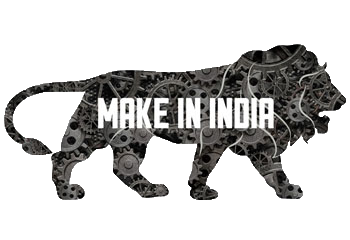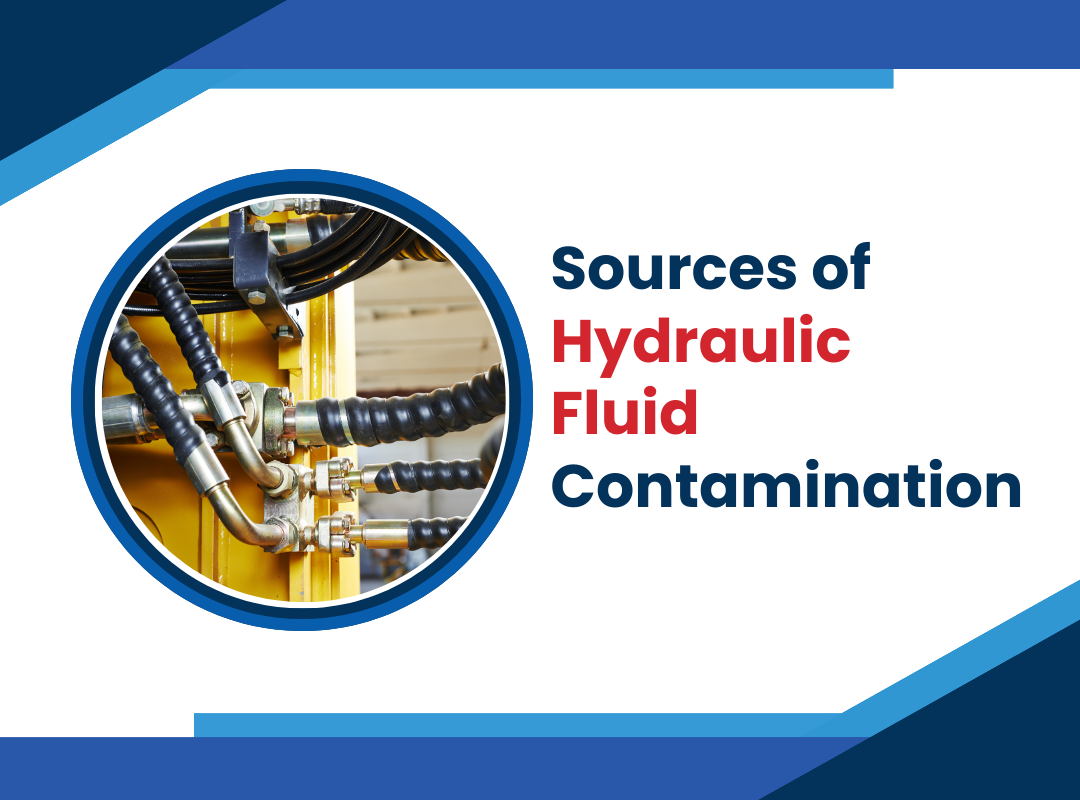The main function of the hydraulic fluid is to provide energy transmission through the hydraulic system and make the entire system work. So this fluid holds much importance in the hydraulic system, and even small contamination can create a huge hydraulic system failure.
Luckily, there are some ways by which you can avoid hydraulic fluid contamination. One of the ways is to identify the source of the contamination and take the necessary steps to avoid it.
In this article, we will be discussing the sources of hydraulic fluid contamination. Some of the sources of contamination are:
Poor Hydraulic System Design
Suppose the hydraulic system has any faulty design like improper valving, insufficient filtration, or wiper seals, poorly located breathers, and other design characteristics, then it can easily allow debris inside the system. Even a small amount of debris can cause much chaos in the system and fail. Also, the system must be designed to be easily removable for routine maintenance. For instance, if the hydraulic fluid container is difficult to remove or flush out the existing fluid, it may be hard to replace it. So the old hydraulic fluid would mix with the new fluid and might affect performance.
Poor Quality Hoses and Fittings
If the hoses and fittings are of poor quality, they don’t stand any wear and tear or environmental conditions. This results in corrosion and thereby increases the chance of contamination of fluids.
Replacing or Adding Hydraulic Fluid
You would replace the existing hydraulic fluid with a new one at one point in time. When you open the hydraulic system during this replacing work, the contaminants find their way to enter the hydraulic system and create chaos. So to avoid this, while replacing the fluid, you need to be extra careful.
To Reduce the Contamination
- Don’t open the fluid area that is unclean.
- Filter the hydraulic fluid before adding it to the system
- Don’t leave the lid off the fluid longer than necessary
- Always flush the system before fresh fluid
Changing System Components
Try to follow cleanliness measures, totally flush the old oil, and then add the fresh oil. You may prevent mixing new oil with old tainted oil in an electric hydraulic pump by doing so..
Another important source of contamination is changing system components. The new components manufactured in factories may not be clean, and when it is packed, stored, and transported, the debris tends to stick to it. So a dirty machine invites contamination. To avoid this, it is necessary to clean and prepare the system before attaching the parts to the hydraulic system.
Contamination During Maintenance
While maintenance, there are multiple possible ways by which you can contaminate the fluid. So follow the given steps to minimize the contamination.
- Check whether the exterior components are clean, especially in dirty construction.
- If it is dirty, use lint-free cloths to clean the parts.
- Also, components like seals and filters must not be removed from their package until they are installed.
- Other components like hoses, plug ports, and fittings must be handled carefully.
Chemical Contamination
Chemical contamination is caused due to natural degradation of the hydraulic fluid. Over time the chemicals present in the fluid break down into various components, and those tiny components might cause side effects.
Also, when two hydraulic fluids are mixed and their additives are not compatible, this might result in chemical contamination. So this is why it isn’t recommended to mix different types of hydraulic fluid.
Air Contamination
When air mixes with the fluid, it is called air contamination. So how to identify it? Does the hydraulic fluid look foamy? Then it may be contaminated with air. The air trapped inside the fluid might affect the compressibility factor and thereby affect the efficiency of the hydraulic machine.
Water Contamination
If the hydraulic fluid looks milky, then chances are there it is contaminated with water. This occurs when you leave open the fluid in the atmosphere that can absorb moisture. Hydraulic fluids that contain water tend to create corrosion issues and affect compressibility problems. The water particles also impact the ability of the hydraulic fluid to act as a lubricant and result in forming sludge. Adding to this, water-contaminated hydraulic tool fluids also cause cavitation in the hydraulic pump and adds up to more issues.


